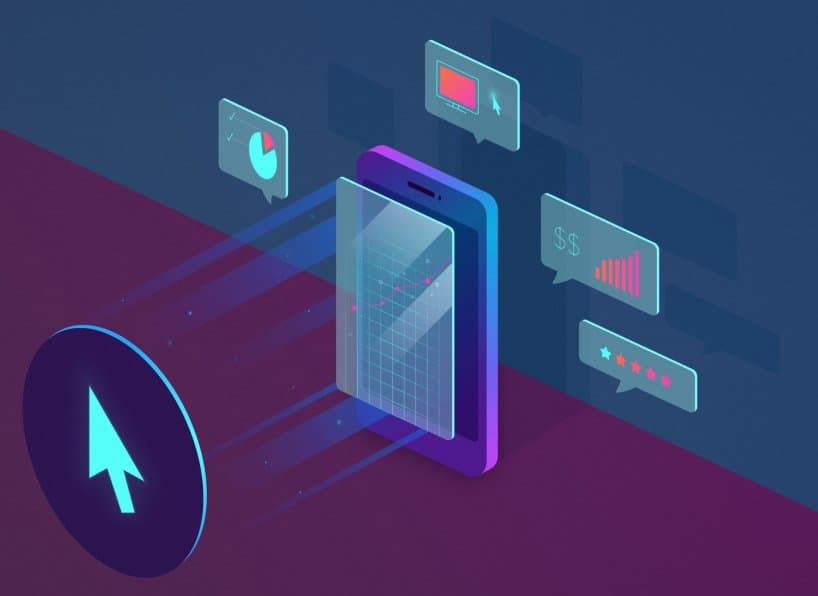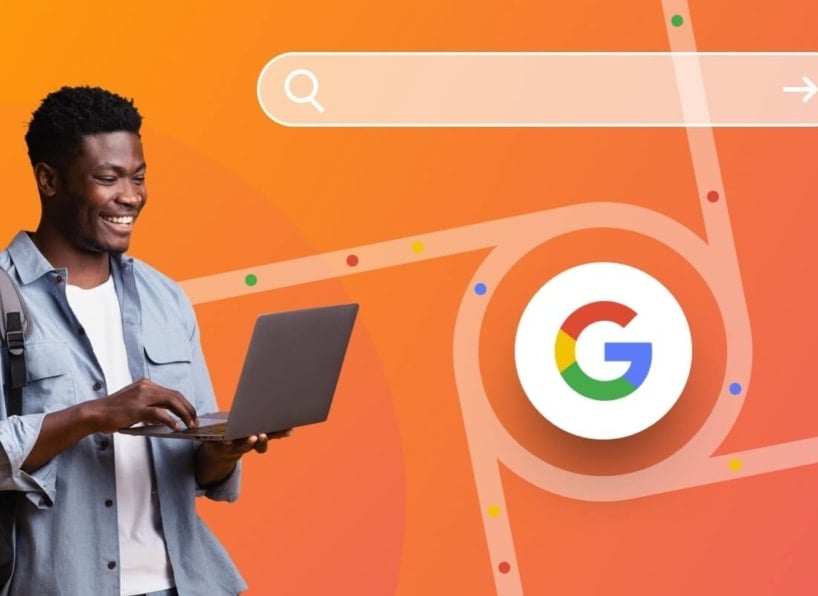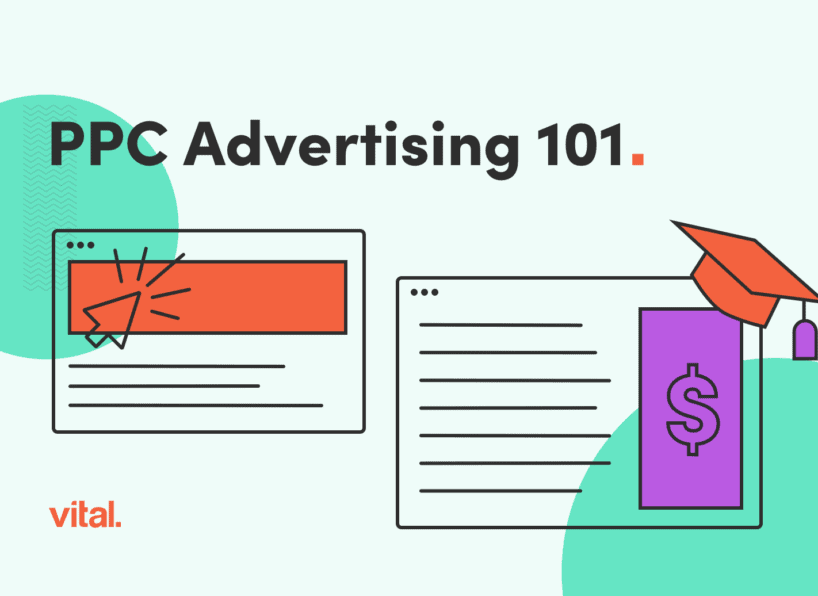Whether you’re in retail, a services industry, B2B or B2C, a great call can make or break a sale, it can make or break a relationship and it can make or break an advocate for your brand. You may be asking yourself: Why is an inbound marketing agency writing a post about selling? After all, our job is to get leads, not to conduct calls with your customers. While that is absolutely true — if you’re not successful, we’re not successful. So, what makes a call great? Along with the carefully chosen auto-attendants, there are expert tips to follow.
First, let me provide a little background. Today, I am a mild-mannered digital marketing strategist here at Vital. But before that, I worked at Fidelity Investments for almost 12 years as a national operations analyst in their call center. It was my job to oversee six call centers and a few thousand phone reps at a time. Each day, I had to listen to calls that were recorded, tap into real-time calls and even double-jack with phone reps to listen to what they were saying. My point is, I know my way around an effective customer service call. So, what makes a call great?
GREAT is actually an acronym that stands for Greet, Research, Educate, Agree and Thank.
Greet
The greeting is an important opportunity for you to establish rapport with the customer and figure out exactly what it is they are calling about. Sometimes it makes sense to start with an ice-breaker — even the old standby “How’s the weather?” is acceptable in this scenario; but if you have additional information about the customer, feel free to work it into the conversation. I would recommend a script for anyone answering phones in the workplace.
Example: “Good morning, you’ve reached Kelsey at Vital Design. Who do I have the pleasure of speaking with today?”
Or: “You’ve reached Chris at Vital, who am I speaking with?”
There are a few critical components here that cannot be overlooked. First, identifying who you are; “You’ve reached Kelsey.” Then the company name; “Vital.” Part of an effective greeting is the identification. The next part of the call goes something like this:
Caller: “This is Doug from Company X.”
Kelsey: “Hi Doug, and how’s everything going down at X today?”
Caller: “Actually that’s why I’m calling. Our website something or other…”
At this point, either the call is going to go exactly according to your script, or the caller may try and push to the issue. That’s fine. In this case, Doug started explaining his issue.
Kelsey: “Thanks for that info, Doug. Let me get you in touch with your consultant who can help you get to the bottom of this. Can I place you on hold for a moment while I get them on the line?”
Caller: “No problem, thanks.”
Kelsey: “Hi Doug, I’ve brought Max on the line. I’ve briefed him on the issue and he’s going to help you from here.”
This greeting scenario is definitely modeled after a receptionist answering a call and transferring to a specialist, but we’re going to follow the call to Max and see how he applies the GREAT call model to help Doug with his issue.
Max: “Hi Doug, this is Max. I’m a strategist on your account and I understand you’re having an issue with X. Is that right?”
Doug: “Yes that’s right. We seem to be having a problem with…”
Max: “Ok, well I’m definitely the person who can help you with this.”
At this point, Doug knows he is talking to someone who can sell to him, fix his problem, provide him with more info, etc. The point is that your customer (or potential customer) doesn’t feel lost, gets the info they need and feels like there is some sort of resolution in the works. We’re going to pause our pretend call here while I explain the research phase.
Research
The research phase is where you establish what the customer’s question is and make sure that you’re both working toward the same goal. Walk the customer through what you’re doing to research his or her situation.
An example would be if a client asks, “Why didn’t we get this particular page built this month?” And you would say something like, “So what you are asking is because we had established on the calendar that we would build this page this month, why hasn’t it been completed within the time frame you had expected it to be, is that right?”
Once you have established that you both are working toward the same goal, a customer who could have become upset now feels like you are on the same team. At this point you need to actually research why it was that whatever happened, happened. It helps to say things like, “I’m pulling up the calendar and your FreshBooks billing so I can see what was worked on this month and we can figure out why that wasn’t done.” OK, let’s dive back in to our hypothetical call.
Max: “So based on what you’ve just told me, you’re looking for Page X and you can’t see Page X on your website. I’m pulling up your site right now so I can see what you’re seeing. Ah yes, I can see that.”
Doug: “So what can be done? How long will it take? Are you going to charge me for this?”
Max: “Doug, I’m going to take a deeper look into this. Would it be OK if I placed you on a brief hold? It won’t be longer than 2 minutes.”
Doug: “No problem, thanks.”
At this point, Max has engaged a bit on the call. It sounds like something doesn’t look or function quite like the customer wanted it to, so Max has to make a decision about what he’s going to do next. He’s told the customer he needs a moment to look at the issue and make that decision, and has placed him on hold. People don’t mind holding if they feel you are engaged in finding a solution, especially if you set an expectation of length such as Max did. After a bit more research, Max jumps into the educate phase.
Educate
The educate portion is where you provide answers, or at least helpful information, to the customer. “OK, it looks like we put in extra hours on such and such and we had to move this page to next month. It seems like in this case what happened was your expectation wasn’t met because of these other projects we were doing for you.”
The point is that you have an opportunity to educate the customer on what was done, answering their question based on your research. This is your opportunity to make sure they have a solid understanding of all the relevant information available to you about their issue. In this phase, you really can’t give too much information. Let’s dive back in to Max and Doug’s call to see what Max decided to do.
Max: “Hi Doug, thanks for holding. After looking at this, I’ve realized I need a developer to review this and give me a better idea of what we’re looking at. I definitely see what you’re talking about, but I don’t want to commit to an estimate without a developer.”
At this point, Max is telling it like it is. It’s a technical question that’s going to need input from a developer. Is this a quick fix or is it a major project? Its beyond Max’s technical knowledge, which is fine. This leads us quickly into the agree portion of the call.
Agree
The agree portion is where you come up with a resolution that works for both parties. If it’s a simple question or request, then it should be easy to say, “I will get back to you within 24 hours with an estimate” or “I’ll need to get back to you with a developer.”
The point is here that you both need to agree on the next step or steps. So once you’ve explained to the caller how you plan to proceed, you’ll want to make sure they agree that this is a logical and satisfactory next step.
Here repetition works very well. “So to recap, we’re going to touch base with the specialist. I’m going to find out such and such and I will get back to you within X amount of time.” At this point, Max is in the homestretch and he just needs to wrap it up.
Max: “When you called in today, you had a problem with X. I’m going to touch base with a developer and I’m going to follow up with you within 24 hours by email so we can keep a paper trail of this issue. Does that make sense?”
Max needs to make sure that the call has a positive outcome, so he’s asking if Doug agrees with what he’s said. If he doesn’t, Doug will chime in. If not, good to go.
Doug: “Yes, that all makes sense.”
The research, educate and agree portions can be repeated for each question or set of questions you get on any given call.
Thank
Thanking the caller for their business or their patience or their insight is essential to making the customer feel valued and appreciated. You should always thank the customer for their time and any help they gave you in resolving their particular issue.
Max: “Thank you for your patience Doug, I really appreciate your business. Have a great day.”
Following these simple steps will make your calls go much more smoothly, enabling you to more effectively control the flow of the call as you work with the customer to politely, professionally address and ultimately resolve their issue.
So, what do we do at Vital when we’re not writing helpful blog posts about digital agency best practices? Thanks for asking. You’ll find the answers on our What We Do page. Meanwhile, thank you for your time! It has been GREAT sharing this information with you.




